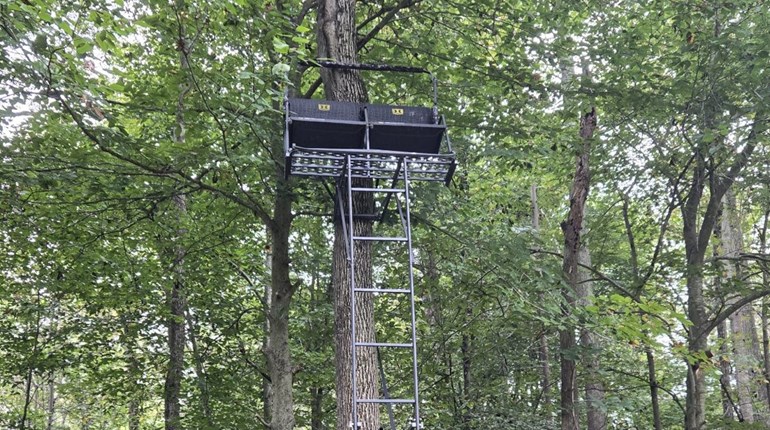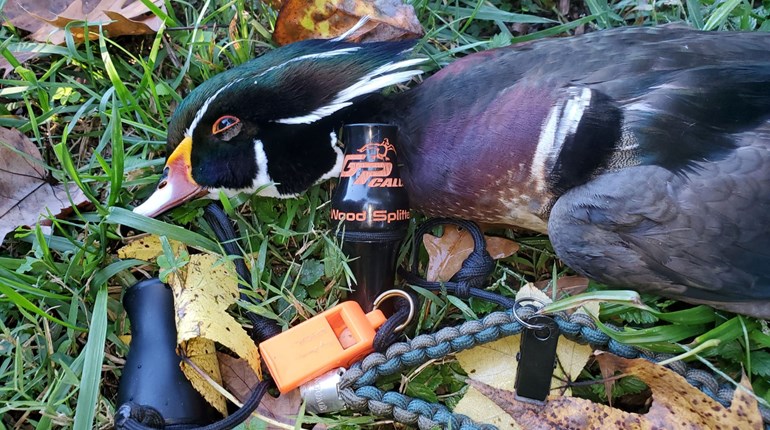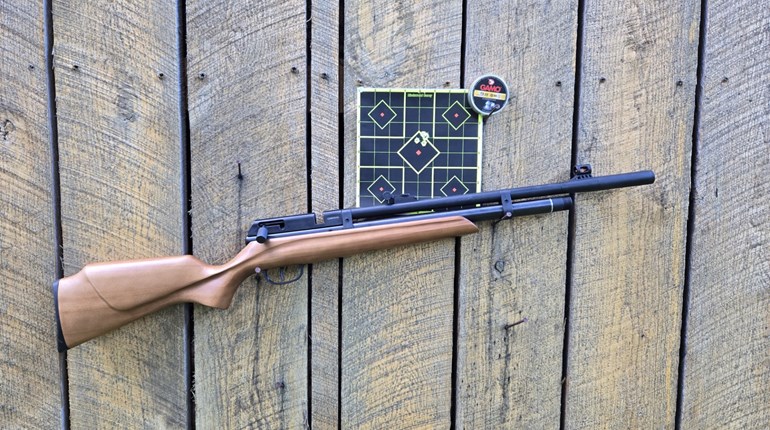
Hunting with a mentor or at least getting started with one is ideal, but not everyone has that option. Perhaps you just moved to an area or finding someone to accompany you hunting has been a swing and a miss thus far and hunting season is closing in fast. What do you do?
First things first
By now if you are in the planning stage of your hunt you have already taken a hunter education course and have hopefully selected the game you want to hunt. If not, you need to do those things ASAP so you have the tools with which to plan the big day.
Research, research, research
It’s homework time! The first thing you should do as part of your planning for your hunt is some homework. A prospective hunter should read everything they can about hunting the quarry in their area. A search online with simple terms should yield some results. For instance, “Rabbit hunting in Tennessee” yielded some valuable information courtesy of the Tennessee Wildlife Resources Agency to include regulations, such as seasons and weapons permitted, a page on rabbit hunting, another on habitat management and even a YouTube video of a rabbit hunt.
One of the first places I look for info is my state’s wildlife agency page. This page will have the above information, and it also has some resources of where to hunt. Each state is different in what they offer, but many states do offer new hunters resources to use which makes planning a hunt easier.
Join a conservation organization that focuses on your quarry, whether it be deer (National Deer Association), wild turkey (Turkeys for Tomorrow or National Wild Turkey Federation), waterfowl (Delta Waterfowl or Ducks Unlimited), grouse (Ruffed Grouse Society), pheasant (Pheasants Forever) to name a few. These organizations have publications that you can read that will cover your quarry thoroughly and offer tips on planning hunts as well as where to hunt.
When reading articles about your quarry, pay attention to where the author is hunting, the gear they are using or mentioning, the weather they found success in and the time of day they were successful. Don’t forget that NRA’s American Hunter magazine—the world’s oldest and largest hunting magazine—has a wealth of great articles covering all types of game hunting.
Scout
Assuming you found a place where you can hunt, whether that’s due to a generous landowner who is allowing you to access their property, or you are headed for public land such as a WMA, wildlife refuge, military installation or national forest, you should first go over a map of the place.
I am old school and prefer paper maps, but it is hard to beat online maps or apps such as OnX and HuntStand to give you as much of an up-to-date picture as possible. Looking at a map allows you to get a feel for what the topography looks like, how much is wooded or open, and what water sources are nearby. The bird’s eye view also gives you a great idea where nearby roads or access points are in case you get turned around.

However, nothing beats hunting boots on the ground! It is strongly recommended you do not just show up fully expecting to hunt and be successful without visiting the property at least once prior to the hunt. Take a few hours and go as if you were going to hunt if possible. In other words, arrive at the hour you expect to hunt so that a genuine view of animal activity is obtained as well as expectations for light, time to get to a likely location and so on are figured out. Sometimes a map does not show you a recent timber activity or maybe a flood wiped out a creek crossing. Boots on the ground will. Be sure to carry your hunting pack so that adjustments can be made to what is needed later.
Look for animal sign such as rubs, scrapes, half-eaten food, game trails and food sources such as acorns. Finding these items prior to the hunt makes planning your hunt so much easier.
Check your gear
After reading articles and doing a scouting expedition of your hunting locale, some adjustments to what gear you want to take are in order. A GPS, or cell phone for navigating with charging pack for either or both is a good idea. A map and compass backup is a good idea (as well as the knowledge how to use it). Check the small items too, such as boot laces, water bottles, first aid kit, etc.
Part of your check needs to be the point of impact of your rifle or bow. If using a rifle, fire it at the range one last time and make sure that it is zeroed at the range you expect to see game. Also know the ballistics of the load you’re using in the event the animals come in closer or further. The same goes for a bow. If you’re using a shotgun, pattern it with the loads you are using on the hunt. No one wants to miss or, worse, wound an animal! If you’re planning on using a climbing stand, check the pins (and carry a few extra), straps and cables for wear.
Last checks
Just before leaving, make a quick check of the weather. Do you have your hunting license/tags on your person, ammo, batteries for anything you plan on using, water, food and first aid kit? Most importantly, have you notified someone where you are going and when you expect to return? Also be sure to include information about combinations or keys that you’ll be using to access your hunting location in case you need help while you’re there.







































